Learning About the Canon EF 200-400mm f/4L IS USM lens with Internal 1.4x Extender on Tower Island/Prince Philips Steps
|
This Great Frigatebird image was created on our afternoon landing at Prince Philips Steps, Tower Island with the tripod-mounted Canon EF 200-400mm f/4L IS USM Lens with Internal 1.4x Extender (at 490mm with the internal TC in place) and the Canon EOS-1D X). ISO 400. Evaluative metering -1 2/3 stops as framed: 1/200 sec. at f/9. Two sensors above and three to the left of the central sensor/AI Servo-Surround on the bird’s forehead active at the moment of exposure. Click here if you missed the Rear Focus Tutorial. Click on the image to see a larger version.
|
Trepidation
When I decided to bring the Canon EF 200-400mm f/4L IS USM lens with Internal 1.4x Extender as my only big lens on our morning landing at Darwin Bay, it was with some trepidation; I had only used the lens very briefly at home in Florida before heading to the Galapagos. My two main concerns were lens handling and maximum reach. While I initially wished for a faster zoom ratio speed (more zoom with less twist of the zoom ring), I quickly learned to a: place my left hand on the zoom ring and b: anticipate and zoom to the approximate focal length that I wanted as I raised the lens.
|
This head portrait of an adult Swallow-tailed Gull was created at Darwin Bay, Tower Island on our morning landing with the tripod mounted Canon EF 200-400mm f/4L IS USM Lens with Internal 1.4x Extender (with the internal TC in place), the Canon 1.4x EF Extender III (Teleconverter) (at 784mm, the maximum), and the Canon EOS-1D X). ISO 800. Evaluative metering -1 1/3 stops: 1/800 sec. at f/9). Central sensor/AI Servo-Expand/Rear Focus AF on the base of the bird’s bill active at the moment of exposure. Click here if you missed the Rear Focus Tutorial. Click on the image to see a larger version.
|
Advantages of the Internal TC
I did a good deal of photography with the lens as is (200-400mm) and lots with the internal 1.4X in place (280-560mm). There are several advantages to the internal TC: at about 1 second, set up is nearly instantaneous. For really skilled folks who store their TCs in a pocket without the front and rear caps, adding or removing an external TC might take as little as 10 seconds. Otherwise 30 to 60 seconds or even well more would be the norm for most. You can add another 10 seconds or so for those who turn the camera off and on to prevent dust from entering the system. With the internal TC dust is of no concern at all. After working with the lens for an hour or two, sliding the lever down to engage the internal TC became second nature. Additionally, there is no need to re-balance the lens in the clamp with the internal TC as there is when mounting an external TC.
In short, I quickly became familiar with all aspects of handling my new zoom lens.
|
This image of a 2-week old Great Frigatebird chick was created on our afternoon landing at Prince Philips Steps, Tower Island with the tripod mounted Canon EF 200-400mm f/4L IS USM Lens with Internal 1.4x Extender (with the internal TC in place), the Canon 1.4x EF Extender III (Teleconverter) (at 784mm, the maximum), and the Canon EOS-1D X). ISO 800. Evaluative metering +1/3 stop: 1/125 sec. at f/9. Central sensor/AI Servo-Expand/Rear Focus AF on the bird’s left eye and re-compose. Click here if you missed the Rear Focus Tutorial. Click on the image to see a larger version. |
Your Favorite?
Take a moment to leave a comment and let us know which of the three images you like best. And be sure to let us know why.
Photographic Society of Chattanooga Seminar
Scroll down here for details on the Saturday seminar that Denise Ippolito and yours truly are doing in Chattanooga on October 12, 2013 and the follow-up Old Car City In-the-Field Workshop. Blog folks who sign up for both are invited to join us at a secret Urbex location in Atlanta on Friday morning October 11. Feel free to e-mail me for details after you are registered for both.
|
Snow Goose composite, Bosque del Apache NWR, San Antonio, NM. Click on the image for a larger version. |
Bosque del Apache 2013 IPT: “The Complete Bosque Experience.” NOV 26-DEC 2, 2013. 7-FULL DAYS: $3399. Co-leader: Denise Ippolito. Introductory Slide program: 6:30 pm on 11/25. Limit: 12.
Tens of thousand of Snow Geese, 10,000 Sandhill Cranes, ducks including point-blank American Wigeon and Wood Duck, amazing sunrises, sunsets, and blast-offs. Live, eat, and breathe photography with one of (if not the) world’s premier photographic educators at one of his very favorite locations on the planet. Top-notch Photoshop instruction. This will make 19 consecutive Novembers at Bosque for me. Nobody knows the place better than I do. Join us to learn to think like a pro, to recognize situations and to anticipate them based on the weather, especially the sky conditions, the light, and the wind direction. Every time we make a move we will let you know why. When you head home applying what you learned will prove to be invaluable. Includes all lunches and the Thanksgiving Buffet at the Crowne Plaza in Albuquerque. I hope that you can join me for what will be an unparalleled learning experience.
A $500 non-refundable deposit is required to hold your slot for this IPT. Your balance is due 4 months before the date of the IPT and is also non-refundable. If the trip fills, we will be glad to apply a credit applicable to a future IPT for the full amount less a $100 processing fee. If we do not receive your check for the balance on or before the due date we will try to fill your spot from the waiting list. If your spot is filled, you will lose your deposit. If not, you can secure your spot by paying your balance.
Please print, complete, and sign the form that is linked to here and shoot it to us along with your deposit check (made out to “Arthur Morris.”) You can also leave your deposit with a credit card by calling the office at 863-692-0906. If you register by phone, please print, complete and sign the form as noted above and either mail it to us or e-mail the scan. If you have any questions, please feel free to contact me via e-mail.
|
Images copyright 2012: Denise Ippoltio & Arthur Morris. Card design by Denise Ippolito. Click on the image to enjoy a spectacular larger version. |
Holland 2014 7 1/2-Day/8-Night: A Creative Adventure/BIRDS AS ART/Tulips & A Touch of Holland IPT. April 17-April 24, 2014 :$4995 Limit: 12 photographers/Openings 9
This trip needs 8 registrants to run so please do not purchase your plane tickets until you hear from us; right now we need 5 more folks.
Join Denise Ippolito, Flower Queen and the author of “Bloomin’ Ideas,” BPN Photo Gear Moderator, former Nikon shooter, and technical expert Peter Kes, and Arthur Morris, Canon Explorer of Light and one of the planet’s premier photographic educators for a great trip to Holland in mid-April 2014. Day 1 of the IPT will be April 17, 2014. We will have a short afternoon get-together and then our first photographic session at the justly-famed Keukenhof. Peter who is originally from Holland, will be our local guide/interpreter/driver. Most days we will return to the hotel for lunch, image sharing and a break. On Day 8, April 24, we will enjoy both morning and afternoon photography sessions.
The primary subjects will be tulips and orchids at Keukenhof and the spectacularly amazing tulip, hyacinth, and daffodil bulb fields around Lisse. In addition we will spend one full day in Amsterdam. There will be optional visits the Van Gogh Museum in the morning and the Anne Frank House in the afternoon; there will be plenty of time for street photography as well. And some great food. On another day we will have a wonderful early dinner at Kinderdijk and then head out with our gear to photograph the windmills and possibly some birds for those who bring their longs lenses. We will spend an afternoon in the lovely Dutch town of Edam where we will do some street photography and enjoy a superb dinner. All lodging, ground transportation, entry fees, and meals (from dinner on Day 1 through dinner on Day 8) are included.
For those who will be bringing a big lens we will likely have an optional bird photography afternoon or two or possibly three. The big attraction should be gorgeous Purple Herons in flight at a breeding marsh. We would be photographing them from the roadside. And we might be able to find a few Great-crested Grebes at a location near Keukenhof.
Click here for complete details and some previously unpublished images. And/or click here and see item one for lots more tulip photos and complete trip details.
|
Images courtesy of and copyright 2012: Bill Mueller. Card design by Denise Ippolito. |
Old Car City Creative Photography In-the-Field HDR Workshop: Sunday, October 13, 2013/ 9am till 1pm.
White, Georgia: $250 plus a $15 entrance fee donation (cash only on the day of the event) that will go to charity. Limit: 16 photographers.
On October 13, 2013, Arthur Morris/BIRDS AS ART and Denise Ippolito/A Creative Adventure will be conducting an In-the-Field HDR Workshop at Old Car City in White, Georgia. Old Car City is about an hour north of Atlanta, GA and an hour south of Chattanooga, TN where they will, as noted above, be doing a full day seminar for the Photographic Society of Chattanooga on Saturday, October 12th. Click here for complete details.
Typos
On all blog posts, feel free to e-mail or leave a comment regarding any typos, wrong words, misspellings, omissions, or grammatical errors. Just be right. 🙂
Support the BAA Blog. Support the BAA Bulletins: Shop B&H here!
We want and need to keep providing you with the latest free information, photography and Photoshop lessons, and all manner of related information. Show your appreciation by making your purchases immediately after clicking on any of our B&H or Amazon Affiliate links in this blog post. Remember, B&H ain’t just photography!




Support the Blog


Amazon
Everyone buys something from Amazon, be it a big lens or deodorant. Support the blog by starting your search by typing in the little white box below. No purchase is too small to be appreciated; they all add up. Why make it a habit? Because I make it a habit of bringing you new images and information on an almost daily basis.
And from the BAA On-line Store:
LensCoats. I have a LensCoat on each of my big lenses to protect them from nicks and thus increase their re-sales value. All my big lens LensCoat stuff is in Hardwood Snow pattern.
LegCoat Tripod Leg Covers. I have four tripods active and each has a Hardwood Snow LegCoat on it to help prevent further damage to my tender shoulders 🙂 And you will love them in mega-cold weather….
Gitzo GT3532 LS CF Tripod. This one replaces the GT3530LS Tripod and will last you a lifetime. Learn more about this great tripod here.
Mongoose M3.6 Tripod Head. Right now this is the best tripod head around for use with lenses that weigh less than 9 pounds. For heavier lenses, check out the Wimberley V2 head.
Double Bubble Level. You will find one in my camera’s hot shoe whenever I am not using flash.
The Lens Align Mark II. I use the Lens Align Mark II pretty much religiously to micro-adjust all of my gear an average of once a month and always before a major trip. Enjoy our free comprehensive tutorial here.
BreezeBrowser. I do not see how any digital photographer can exist without this program.
Delkin Flash Cards. I use and depend on Delkin compact Flash Cards and card readers most every day. Learn more about their great 700X and 1000X cards here or about my favorite Delkin card here.

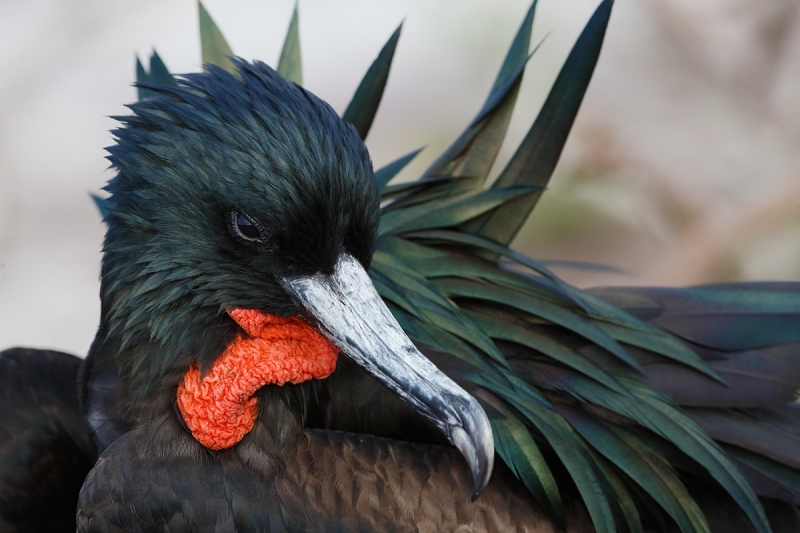
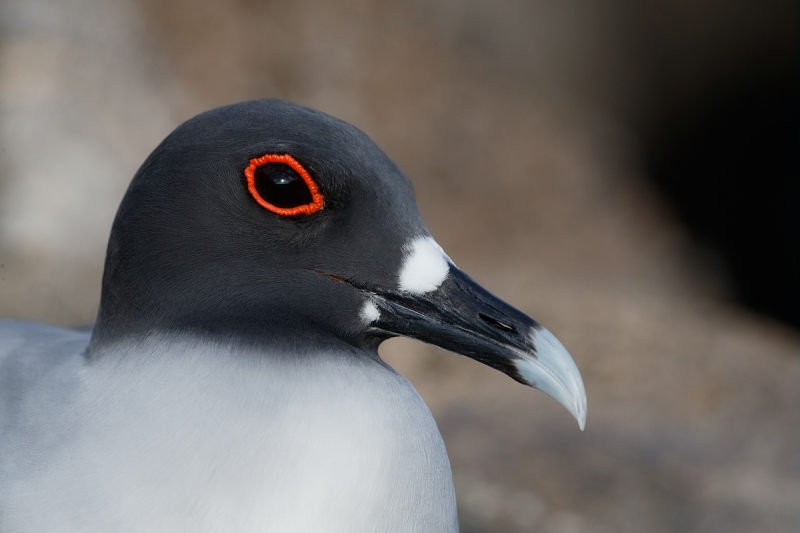
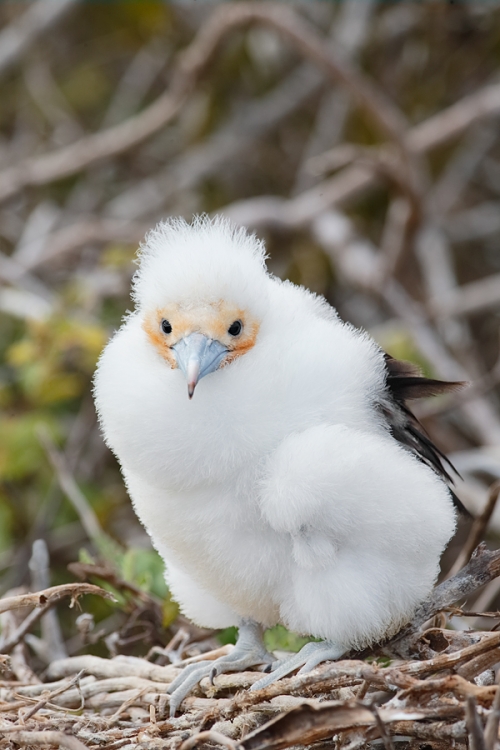
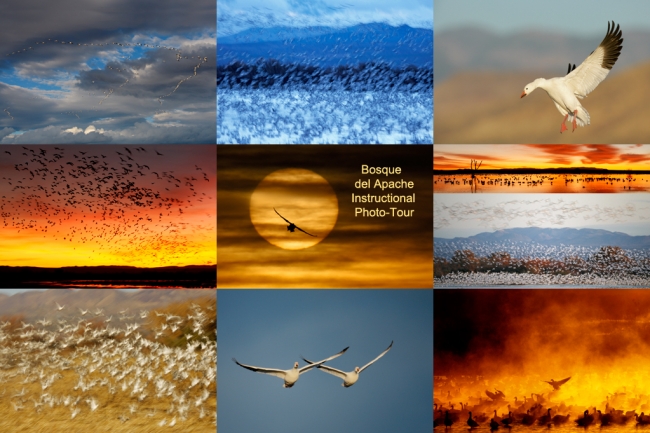
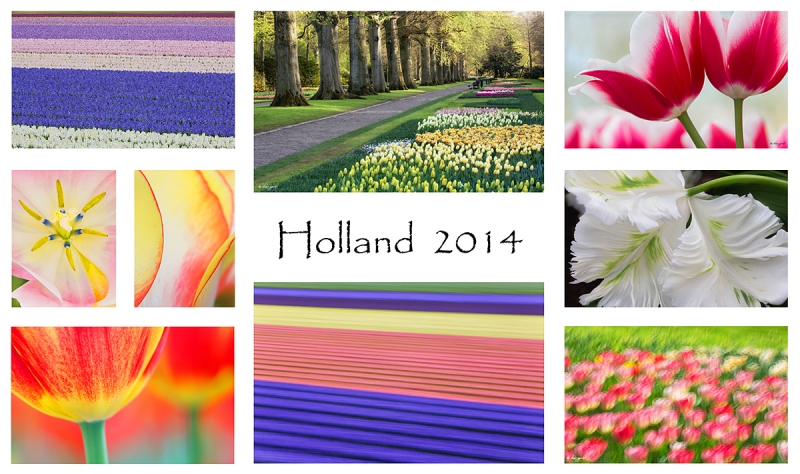














I have been trying somewhat the same thing with my 5D Mk3, a 1.4 extender and my venerable 100-400 zoom. The great advantage is that I can easily hike with this combo for hand-held shots in the field. However, there is no question that your new lens is optically superior.
The venerable 100-400 is a great lens and in the right hands it can make great images.
They are all tremendous as usual, but I’ll go for the gull since you asked.
Although the frigatebird looked best on first glance, with the pointed feathers and angled beak, I think there is not enough detail or light around the eye so I end up kind of uneasy, especially as this is where I get drawn to. This is powerful in it’s own way, but I prefer the intricacy and delicacy of the white-against-black that permeates through the gull shot, with the convergence on the bold, red eye-ring.
Love the frigate bird. The coloring and detail of the feathers; the way the feathers come out from the neck to draw the viewer towards the head; and the highlight of color from the neck pouch.
Hi Artie,
great shots. My favorite is the chick. He is just too cute 🙂
Thanks for all your posts on the 200-400. I hope to be able to use this lens soon in addition to the 600 II.
Everything you write is very interesting about this lens. Seems to be perfect with the 1DX for Galapagos.
Markus
Thanks Markus. And YAW. The 2-4 is a great lens but for many applications it cannot replace the 600 II especially for those capable of making sharp images with the 2X III TC. artie
Hi, Artie. I don’t know which my favorite is of those three fine images; I guess put a gun to my head, I’ll pick the lovely swallow-tailed gull. Why? The orange eye ring, the white patches on the bill, its expression, everything. Seems pretty clear you will make great photographs with any reasonable equipment; I bet if you’d gone to the Galapagos with only the 400 f/5.6L and a Canon 7D (that’s what I have), you’d have come back with a ton of wonderful images. I guess there’s a lesson there; most of us have good enough equipment to make really good photos. No question you can do more with the 200-400 f/4L, but even with that, even with the 600 f/4 plus TCs, even with anything currently available, there still will be shots even you can’t make. Somehow you’ve made me feel better about the equipment I own. Of course, you’ve helped make me a better photographer as well, for which I thank you, thank you.
Many thanks. Two things:
1: the 600 II is still a hugely valuable tool for my work.
2: as you know, good photographers make good images with whatever gear they have in their hands.
I am very impressed with the new lens you are show-casing. I LOVE the frigatebird with the beautiful iridescence and graceful sweeping lines of the feathers. For me, the head tilt is the base of the beauty of this image, as your eyes take in the exquisite details & colors of the head feathers and follow down the length of the bill. The red is a great contrast to the darker colors of the bird. No one does a head portrait better than you.
Thanks Nancy! 🙂